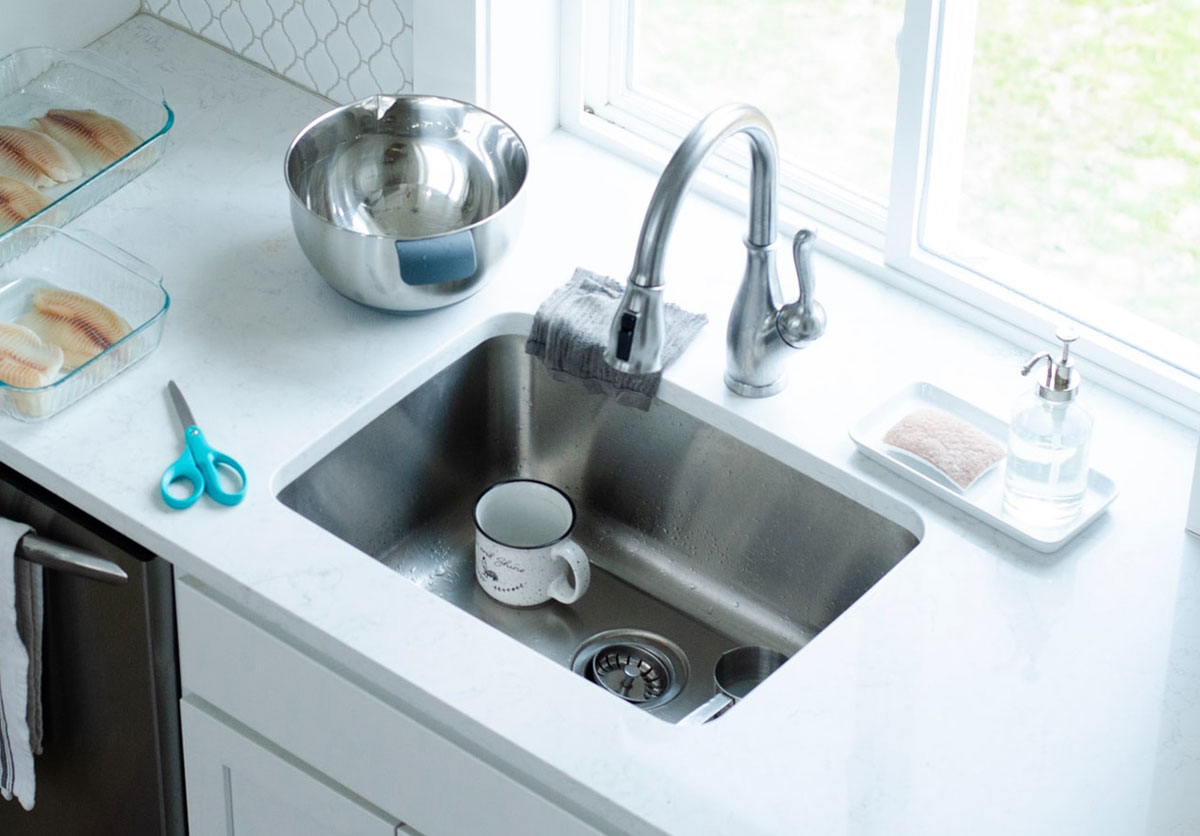

Articles
How To Choose A Kitchen Sink
Modified: October 28, 2024
Learn how to choose the perfect kitchen sink for your home with our informative articles. Find the right style and material for your needs.
(Many of the links in this article redirect to a specific reviewed product. Your purchase of these products through affiliate links helps to generate commission for Storables.com, at no extra cost. Learn more)
Introduction:
Choosing the right kitchen sink for your home can greatly enhance both the functionality and aesthetics of your kitchen. With a wide variety of options available in the market, it can be overwhelming to narrow down the choices. However, by considering a few key factors, you can easily identify the perfect kitchen sink that meets your needs and preferences.
In this article, we will explore the important factors to consider when choosing a kitchen sink, including the material, size and configuration, mounting options, faucet compatibility, bowl depth and shape, maintenance and durability, style and design considerations, and budget constraints. By understanding these considerations, you will be equipped with the necessary knowledge to make an informed decision that will enhance your kitchen’s functionality and style.
So, let’s dive in and explore how to choose the perfect kitchen sink that will be a valuable addition to your home.
Key Takeaways:
- Choose a kitchen sink that matches your cooking habits, kitchen style, and maintenance preferences. Consider functionality, material, size, mounting, faucet compatibility, and budget to make an informed decision.
- Prioritize durability, maintenance, and style when selecting a kitchen sink. Consider bowl depth, shape, and design elements to create a cohesive and visually appealing kitchen space.
Read more: How To Change A Sink
Factors to Consider When Choosing a Kitchen Sink:
When selecting a kitchen sink, it’s crucial to consider various factors to ensure that it meets your specific requirements. Below are the key factors that you should take into account:
- Functionality: Consider how you use your kitchen sink. Do you frequently cook large meals? If so, you might prefer a deep sink that can accommodate large pots and pans. Are you short on counter space? In that case, a sink with built-in accessories like cutting boards and colanders might be ideal.
- Durability: Look for a sink made from a durable material that can withstand heavy daily use and resist stains, scratches, and dents. Stainless steel, granite composite, and fireclay are popular choices known for their durability.
- Style: Your sink should complement the overall style of your kitchen. Consider the design theme and choose a sink that matches the aesthetic. Whether you prefer a modern, farmhouse, or traditional look, there are various sink styles available to suit your taste.
- Maintenance: Different sink materials have varying maintenance requirements. Some may require regular sealing or special cleaning products, while others are low maintenance. Consider how much time and effort you’re willing to invest in maintaining your sink.
- Budget: Determine your budget and look for sinks within that price range. Keep in mind that while cost is important, quality should not be compromised. Research different options to find a sink that offers good value for your money.
- Noise and Heat Resistance: If noise reduction is a priority, consider sinks with sound-absorbing pads or coatings. Additionally, look for heat-resistant sinks to prevent damage from hot cookware.
By considering these factors, you can narrow down your options and find a kitchen sink that suits your specific needs and preferences. Next, let’s explore the different material options available for kitchen sinks.
Sink Material Options:
The material of your kitchen sink not only affects its durability but also its appearance and maintenance requirements. Here are some popular sink material options to consider:
- Stainless Steel: Stainless steel sinks are a popular choice due to their durability, affordability, and sleek appearance. They are resistant to stains, corrosion, and heat. However, they may be prone to scratches, so consider opting for a sink with a higher gauge for added durability.
- Granite Composite: These sinks are made from a combination of granite stone and resin. They offer a beautiful and natural look, along with excellent durability and resistance to stains, scratches, and heat. Granite composite sinks come in various colors to match different kitchen styles.
- Fireclay: Fireclay sinks are made from a mixture of clay and glaze, giving them a unique, smooth, and glossy finish. They are highly durable, heat-resistant, and resistant to stains and scratches. Fireclay sinks are known for their elegant and traditional look, making them a popular choice for farmhouse-style kitchens.
- Cast Iron: Cast iron sinks are durable and have a classic, vintage look. They are coated with enamel, which gives them a smooth and glossy finish. Cast iron sinks are heavy and may require extra support, but they are resistant to stains and heat.
- Composite: Composite sinks are made from a combination of materials, including quartz, granite, and resin. They offer durability and resistance to heat, stains, and scratches. Composite sinks come in a wide variety of colors and finishes to suit different kitchen styles.
Each sink material option has its own advantages and considerations, so choose the one that aligns with your preferences and requirements. Next, let’s explore the importance of sink size and configuration when choosing a kitchen sink.
Sink Size and Configuration:
The size and configuration of your kitchen sink are essential factors to consider in order to ensure optimal functionality and usage. Here’s what you should keep in mind:
- Sink Size: Consider the available space in your kitchen and choose a sink size that fits well within your countertop layout. A small sink may be convenient for a compact kitchen, while a larger sink can accommodate more dishes and cookware. Additionally, take into account the depth of the sink to ensure it meets your needs for washing and rinsing.
- Bowl Configuration: There are various bowl configurations to choose from, such as single bowl, double bowl, and triple bowl sinks. The choice depends on your preferences and how you use your sink. If you frequently wash large dishes or cookware, a single deep bowl or a large double bowl might be ideal. Double bowl sinks offer the convenience of multitasking, allowing you to separate tasks or use one bowl for soaking and the other for washing. Triple bowl sinks provide even more versatility in terms of functionality.
- Additional Accessories: Some sinks come with built-in accessories like cutting boards, colanders, and drying racks, which can enhance the functionality and convenience of your sink. Consider if you would benefit from these additional features and choose a sink with the appropriate accessories for your needs.
When determining the size and configuration of your kitchen sink, take into account your cooking and cleaning habits, as well as the overall layout of your kitchen. A well-chosen sink size and configuration can greatly improve your kitchen’s efficiency. Next, let’s explore the different mounting options available for kitchen sinks.
Mounting Options:
When it comes to mounting your kitchen sink, there are a few options to consider. The choice of mounting option depends on your countertop material, style preference, and ease of installation. Let’s take a look at the different mounting options:
- Top Mount: Also known as a drop-in or self-rimming sink, a top mount sink is installed by placing it on top of the countertop and securing it with clips. This is the most common and easiest type of sink installation. Top mount sinks are versatile and can be easily replaced if needed.
- Undermount: An undermount sink is installed underneath the countertop, leaving the edges of the sink hidden. This creates a seamless look and allows for easy countertop cleaning. Undermount sinks are popular in modern and contemporary kitchen designs. However, installation can be more complex and may require professional assistance.
- Farmhouse: Also known as an apron front sink, a farmhouse sink has a large, exposed front panel that extends slightly beyond the front of the cabinets. This type of sink adds a charming, rustic look to the kitchen and can be either top mount or undermount depending on the style and installation method.
- Integral: An integral sink is made from the same material as the countertop, creating a seamless and cohesive look. This option is common in solid surface or concrete countertops, where the sink and countertop are fabricated as one piece. Integral sinks offer a sleek and contemporary aesthetic.
- Tile-in: A tile-in sink is designed to be paired with tile countertops. The sink is installed with a flange that sits flush with the tiles, creating a smooth and continuous appearance. This option allows for easy cleaning and maintenance.
Consider your countertop material, style preference, and installation capabilities when choosing the mounting option for your kitchen sink. Each option offers unique benefits and aesthetics, so choose the one that suits your needs and enhances the overall look of your kitchen. Next, let’s discuss the importance of faucet compatibility when selecting a kitchen sink.
Faucet Compatibility:
When choosing a kitchen sink, it is crucial to consider faucet compatibility. The type of faucet you select should be compatible with the sink and its pre-drilled holes or mounting options. Here are a few key points to keep in mind:
- Number of Holes: Check the number of pre-drilled holes in your chosen sink. This will determine the compatibility with your faucet. Most sinks come with multiple holes to accommodate various faucet configurations, including single-handle, double-handle, and pull-out sprayer faucets. Make sure to match the number of faucet holes with the sink’s configuration.
- Sink Deck Thickness: Consider the thickness of your sink’s deck. Some faucets are designed for thicker countertops and may not be suitable for sinks with thinner decks. Ensure that the faucet you choose can properly fit and securely attach to the sink.
- Faucet Style and Functionality: Select a faucet that not only matches the aesthetics of your kitchen but also meets your functional needs. Consider factors such as the faucet’s height, spout reach, and type of spray or stream options. Additionally, think about any specific features you may need, such as a built-in soap dispenser or a pull-down sprayer.
- Finish Match: Coordinate the finish of your faucet with the sink and other kitchen fixtures for a cohesive look. Popular faucet finishes include chrome, stainless steel, brushed nickel, and oil-rubbed bronze. Choose a finish that complements your kitchen’s overall style and design.
- Quality and Warranty: Invest in a high-quality faucet from a reputable manufacturer to ensure long-term durability and performance. Check for warranty information to protect your investment in case of any defects or issues.
By considering faucet compatibility, you can ensure a seamless and functional pairing between your sink and faucet. This will enhance the overall efficiency and aesthetics of your kitchen space. Next, let’s explore the importance of bowl depth and shape when choosing a kitchen sink.
When choosing a kitchen sink, consider the size and layout of your kitchen, the material and style of the sink, and the functionality you need. Stainless steel sinks are durable and easy to clean, while granite composite sinks offer a modern look and are resistant to scratches and stains.
Bowl Depth and Shape:
The bowl depth and shape of your kitchen sink play a significant role in its functionality and usability. Here are some factors to consider when deciding on the bowl depth and shape:
- Bowl Depth: Consider your cooking and cleaning habits when choosing the bowl depth. A deeper bowl provides more space for washing larger dishes and utensils. It also helps to prevent water from splashing onto the countertop. However, keep in mind that a deeper bowl may require more bending and reaching for shorter individuals.
- Bowl Shape: The shape of the sink bowl can impact its functionality and style. Common bowl shapes include rectangular, square, round, and D-shaped. Rectangular and square bowls offer more usable space and are ideal for large cookware. Round bowls are easier to clean and provide a sleek and modern look. D-shaped bowls are designed to maximize usable sink space while providing a stylish touch.
- Double Bowl vs. Single Bowl: Consider whether you prefer a double bowl or a single bowl sink. Double bowl sinks are versatile, allowing you to separate tasks, such as washing and rinsing, or use one bowl for soaking dishes. Single bowl sinks provide ample space for larger items and make cleanup easier as there are no dividers to work around.
- Accessories and Features: Some sinks come with additional features such as integrated drainboards, colanders, or cutting boards. These accessories can enhance the functionality and efficiency of your sink, making tasks like cutting and draining more convenient.
Choosing the right bowl depth and shape will greatly impact your kitchen’s workflow and usability. Consider your specific needs and preferences to find a sink that suits your cooking and cleaning habits. Next, let’s explore the maintenance and durability of different sink materials.
Maintenance and Durability:
Maintaining the cleanliness and durability of your kitchen sink is essential for its long-term performance. Different sink materials have varying maintenance requirements and levels of durability. Here’s what you should know:
- Stainless Steel: Stainless steel sinks are durable and resistant to stains, heat, and corrosion. They are also relatively easy to clean and maintain. Regular cleaning with mild dish soap and a soft cloth, followed by rinsing and drying, is usually sufficient to keep them looking great. Avoid using abrasive cleaners or scrub brushes that may scratch the surface.
- Granite Composite: Granite composite sinks are known for their durability and resistance to stains, scratches, and heat. To maintain their appearance, wipe them clean after each use and avoid leaving acidic substances or harsh chemicals on the surface for long periods. Use a non-abrasive cleaner and a soft cloth to clean the sink regularly.
- Fireclay: Fireclay sinks are highly durable and resistant to heat, stains, and scratches. They are relatively low maintenance and can be cleaned with mild soap and water. Avoid using abrasive cleaners or rough materials that can damage the glaze. It’s also important to prevent heavy impact or dropping heavy objects onto the sink to minimize the risk of chipping or cracking.
- Cast Iron: Cast iron sinks are durable and resistant to heat and stains. However, they require regular maintenance to prevent chipping or rusting. Clean them with non-abrasive cleaners and avoid leaving standing water or acidic substances in the sink for extended periods. Periodically apply a coat of sink enamel or polish to maintain its appearance.
- Composite: Composite sinks are generally low maintenance and resistant to stains, scratches, and heat. Clean them with mild soap and water and avoid using abrasive cleaners or rough materials that can cause damage. Regular care will help preserve the sink’s appearance and durability.
Proper maintenance and care will ensure the durability and longevity of your kitchen sink. Consider your willingness to perform regular upkeep when choosing a sink material. This will help you select a sink that aligns with your lifestyle and maintenance preferences. Next, let’s discuss style and design considerations when choosing a kitchen sink.
Style and Design Considerations:
When choosing a kitchen sink, it’s important to consider the style and design elements that will complement your overall kitchen aesthetic. Here are some key design considerations to keep in mind:
- Kitchen Theme: Consider the theme or style of your kitchen. Whether you have a modern, traditional, farmhouse, or minimalist kitchen, choose a sink that complements the overall design. The sink should blend seamlessly with the cabinetry, countertops, and surrounding decor.
- Finish and Color: Sink materials come in a range of finishes and colors. Stainless steel and granite composite sinks typically have a metallic or stone-like finish, while fireclay, cast iron, and some composite sinks offer a variety of color options. Choose a finish or color that enhances the visual appeal of your kitchen and coordinates with other fixtures.
- Shape and Design: Consider the shape and design of the sink, including the curvature of the bowl, edges, and rim. Opt for a design that aligns with your style preference and the overall look of your kitchen. Round or curved sinks offer a softer and more organic feel, while square or rectangular options provide a sleek and modern look.
- Hardware Coordination: Pay attention to the hardware, such as the faucet, handles, and accessories, that will be used in conjunction with the sink. Ensure they complement each other in terms of style, finish, and design. A cohesive look between the sink and hardware creates a harmonious and visually appealing kitchen space.
- Backsplash and Countertop Compatibility: Consider how the sink will coordinate with the backsplash and countertop materials. Look for complementary colors, patterns, and textures to create a cohesive design. The sink should blend seamlessly with the surrounding elements and contribute to the overall visual appeal of your kitchen.
By carefully considering the style and design elements, you can select a kitchen sink that enhances the overall look and feel of your kitchen. Take the time to explore different options, visualize how they will fit into your space, and choose a sink that reflects your personal style and preferences. Finally, let’s discuss the importance of budget constraints when selecting a kitchen sink.
Budget Constraints:
When choosing a kitchen sink, it’s essential to consider your budget constraints and find a sink that offers the best value for your money. Here are some tips to keep in mind:
- Set a Budget: Determine the maximum amount you’re willing to spend on a kitchen sink. This will help you narrow down your options and prevent overspending.
- Research the Market: Conduct thorough research to understand the average cost of sinks in the market. Compare prices from different manufacturers and retailers to find the best deals. Keep in mind that prices can vary based on materials, brand reputation, and additional features.
- Weigh Quality and Longevity: While it may be tempting to opt for the cheapest option, it’s important to consider the quality and durability of the sink. A higher-quality sink may have a higher upfront cost but can provide better longevity and performance, saving you money in the long run.
- Avoid Unnecessary Features: Consider which features are essential for your sink and prioritize them. Avoid investing in unnecessary accessories or additional features that may add to the cost without significant added value.
- Consider Second-hand Options: If budget is a major constraint, consider looking for second-hand sinks. You can often find gently used sinks in good condition at a significantly lower cost. Just ensure that the sink is in good working order and free from any significant damage or defects.
By setting a budget and conducting thorough research, you can find a kitchen sink that fits within your financial limitations. Remember that while cost is important, it’s also crucial to prioritize quality, durability, and functionality to make a worthwhile investment for your kitchen. Now that we’ve covered the various factors to consider when choosing a kitchen sink, let’s wrap up our discussion.
Conclusion:
Choosing the right kitchen sink is crucial for enhancing the functionality and style of your kitchen. By considering various factors such as functionality, durability, style, maintenance, and budget, you can make an informed decision that aligns with your specific needs and preferences.
Start by determining the functionality you require from your sink, considering factors such as sink size, bowl configuration, and additional accessories. Then, explore different sink materials such as stainless steel, granite composite, fireclay, cast iron, and composite, assessing their durability, maintenance requirements, and aesthetic appeal.
Next, consider the mounting options available for your sink, taking into account your countertop material and installation preferences. Ensure that the chosen sink is compatible with the faucet you desire, in terms of the number of faucet holes, sink deck thickness, and overall style and functionality.
Additionally, pay attention to the bowl depth and shape that best suits your cooking and cleaning habits, as well as the overall design of your kitchen. Coordinate the style and finish of the sink with other kitchen fixtures, backsplash, and countertop materials to create a cohesive and visually appealing space.
Lastly, consider your budget constraints when making your selection. Research and compare prices, prioritize quality and longevity over unnecessary features, and consider second-hand options if needed. By staying within your budget, you can find a high-quality sink that meets both your functional and aesthetic requirements.
In conclusion, choosing a kitchen sink requires thoughtful consideration of various factors to ensure that it fits seamlessly into your kitchen and fulfills your specific needs. By taking the time to evaluate and weigh these factors, you can make a well-informed decision that will result in a kitchen sink that enhances both the functionality and visual appeal of your kitchen.
Frequently Asked Questions about How To Choose A Kitchen Sink
Was this page helpful?
At Storables.com, we guarantee accurate and reliable information. Our content, validated by Expert Board Contributors, is crafted following stringent Editorial Policies. We're committed to providing you with well-researched, expert-backed insights for all your informational needs.
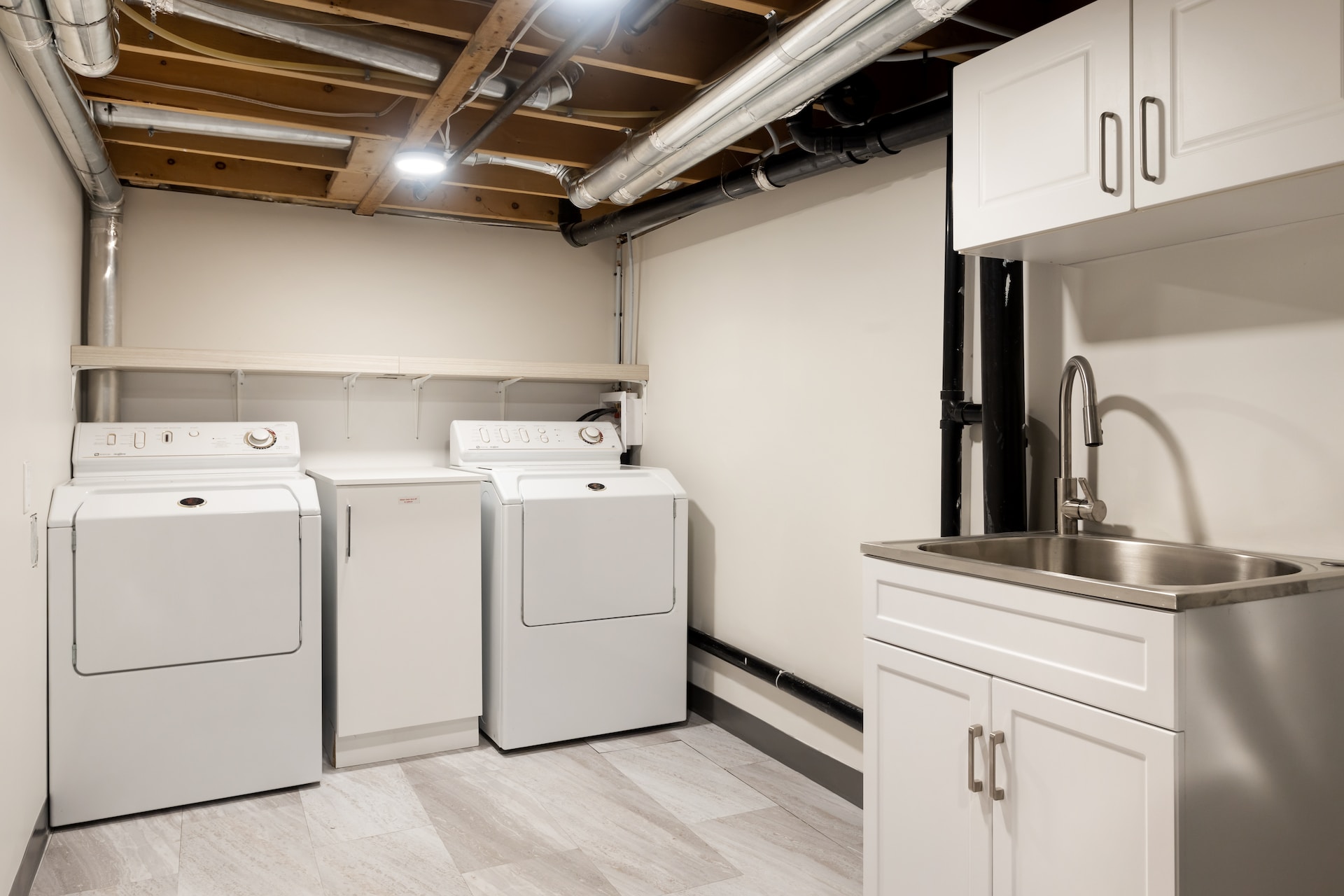


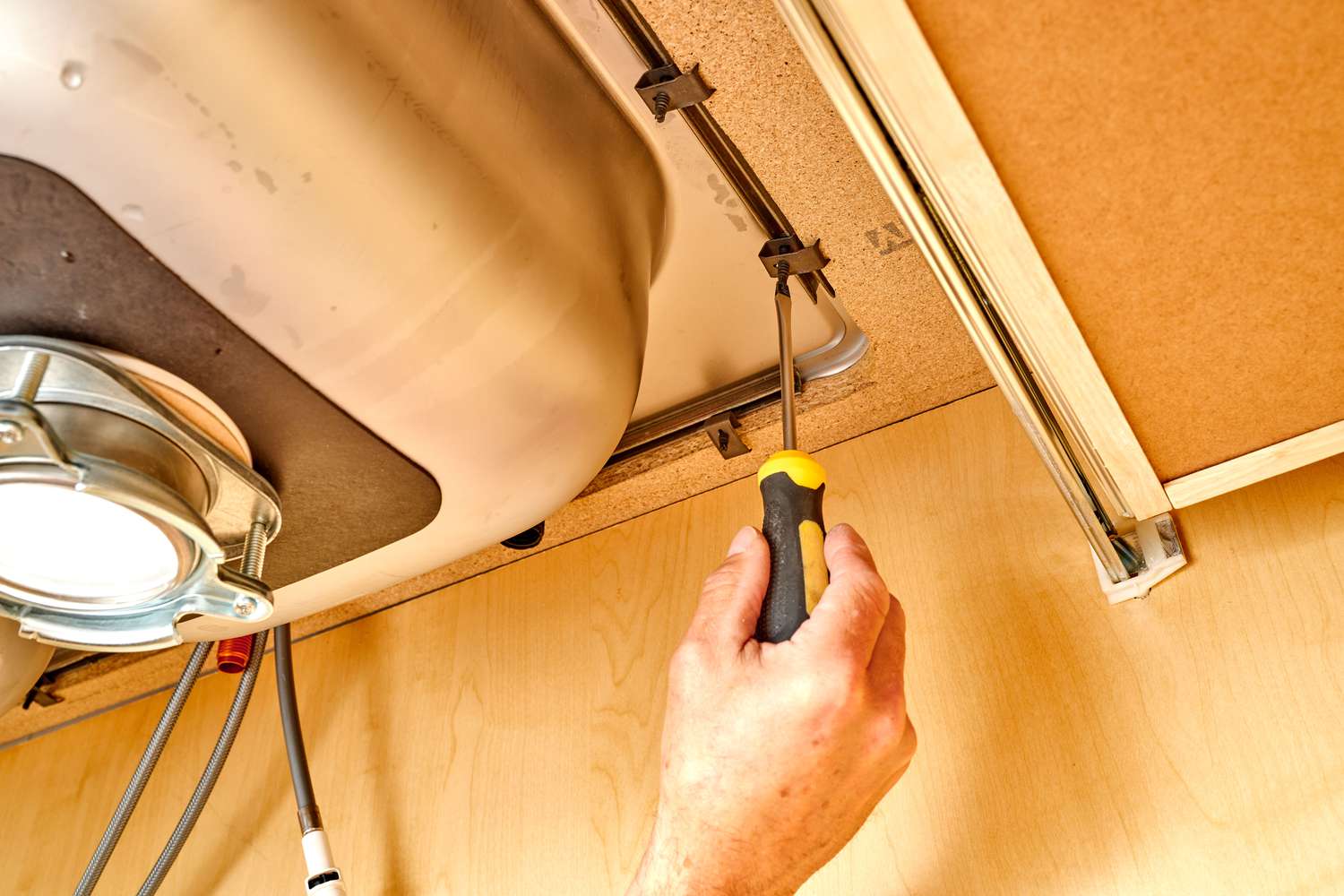

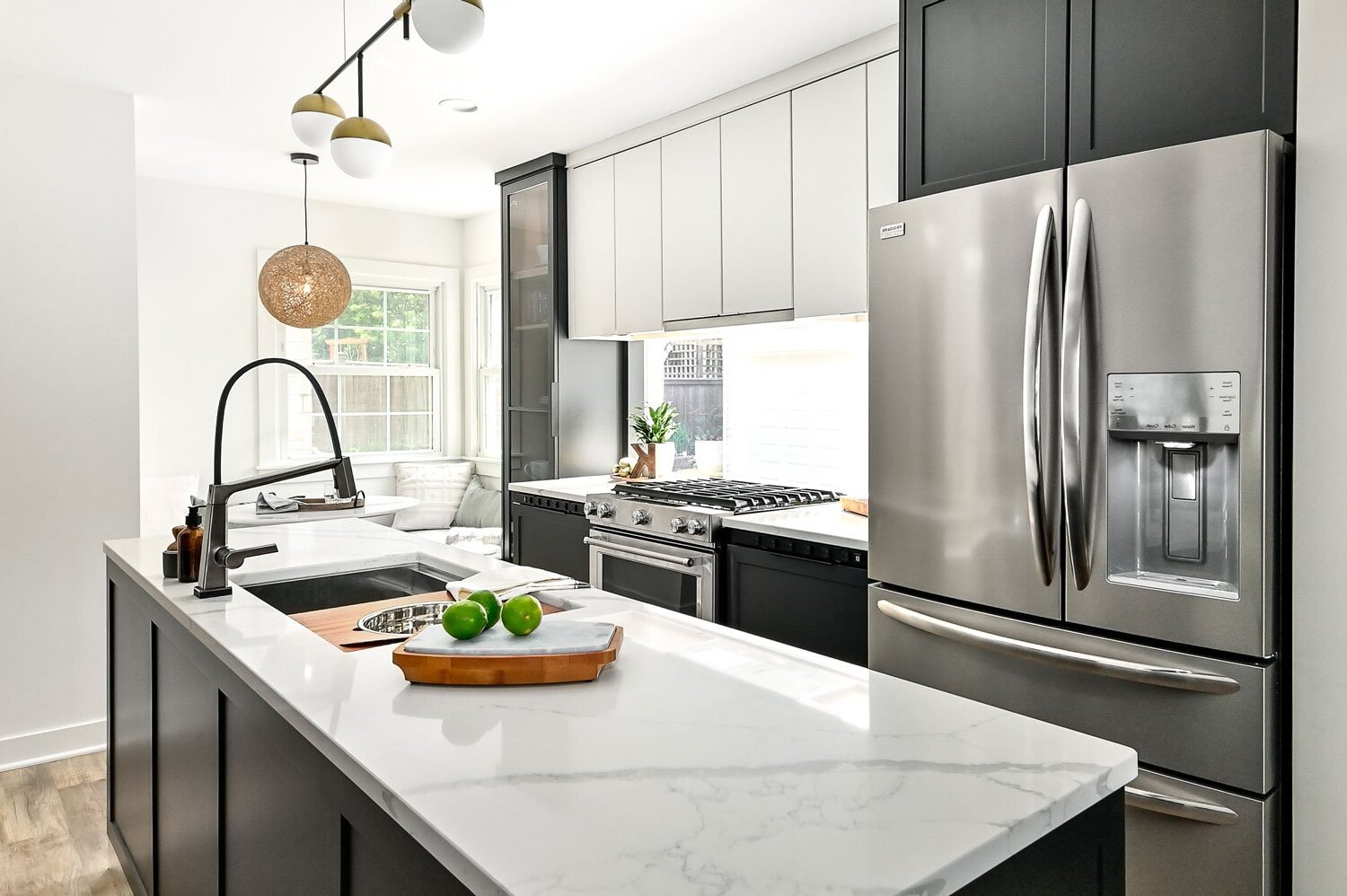
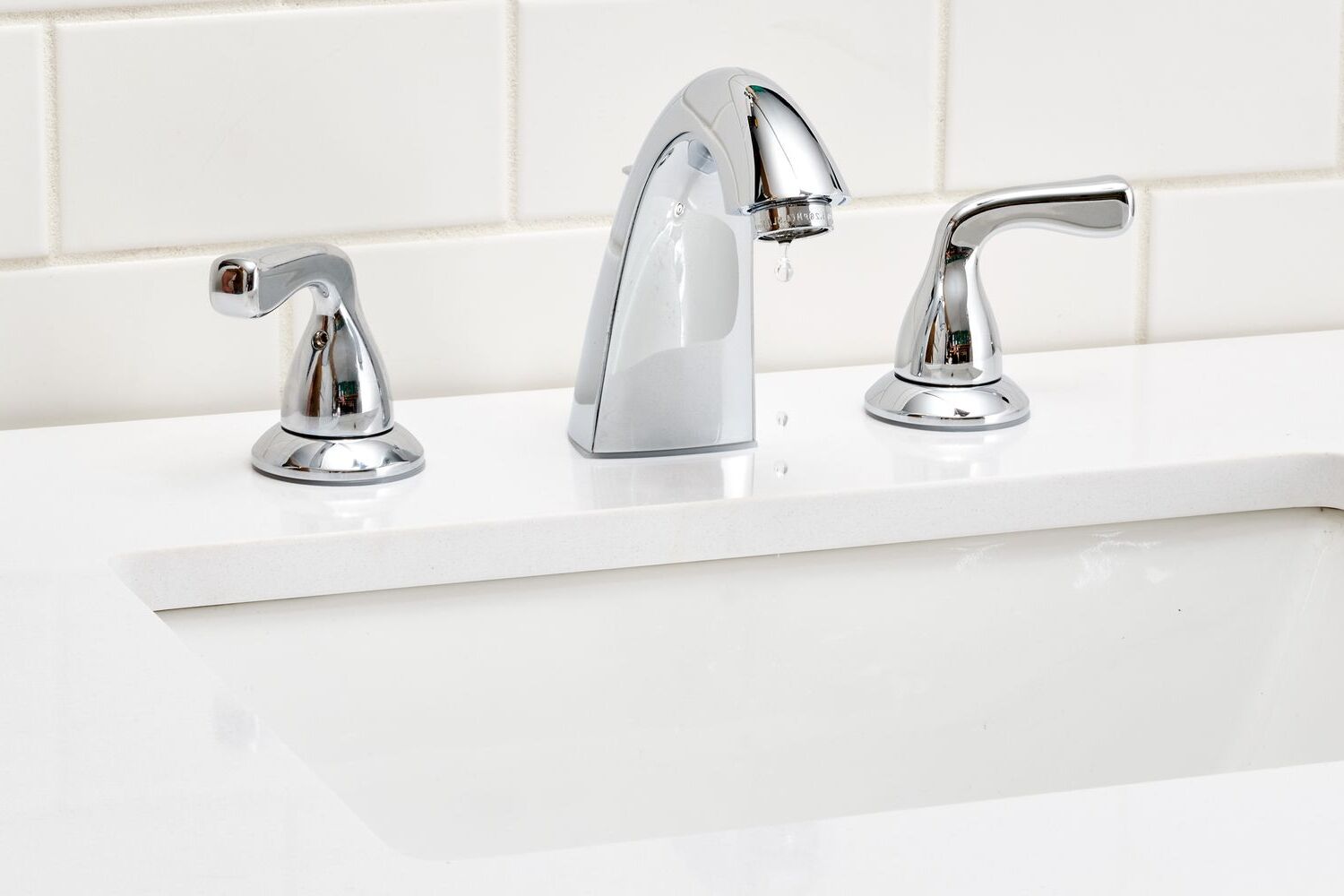
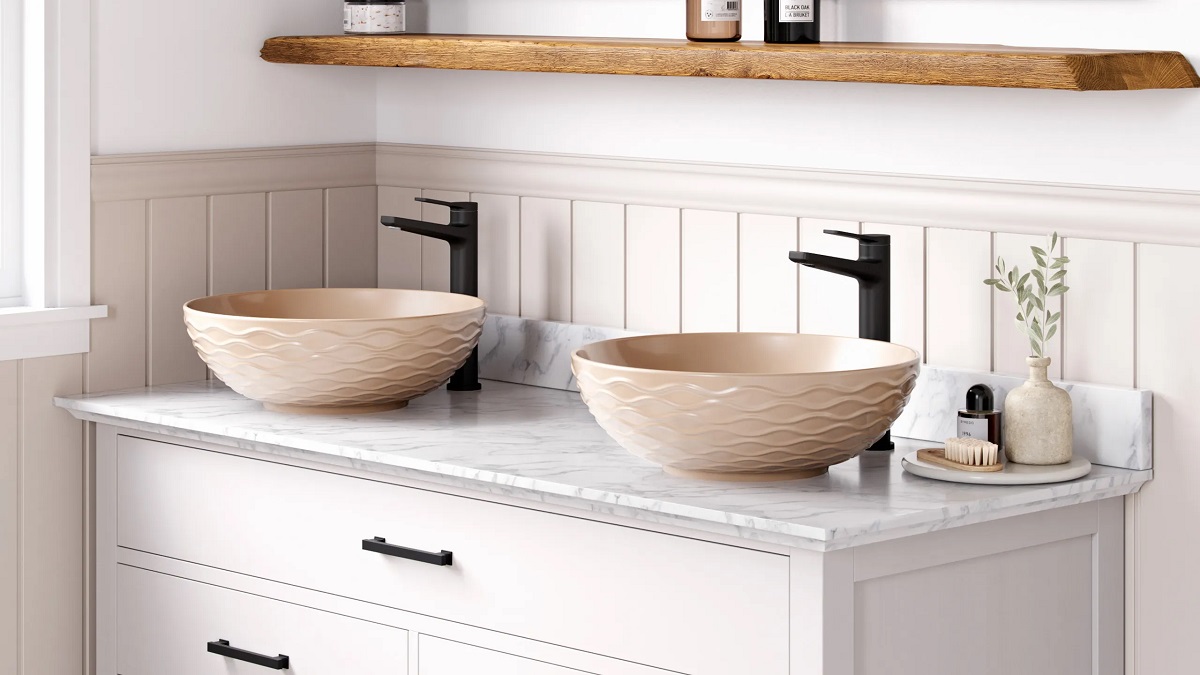
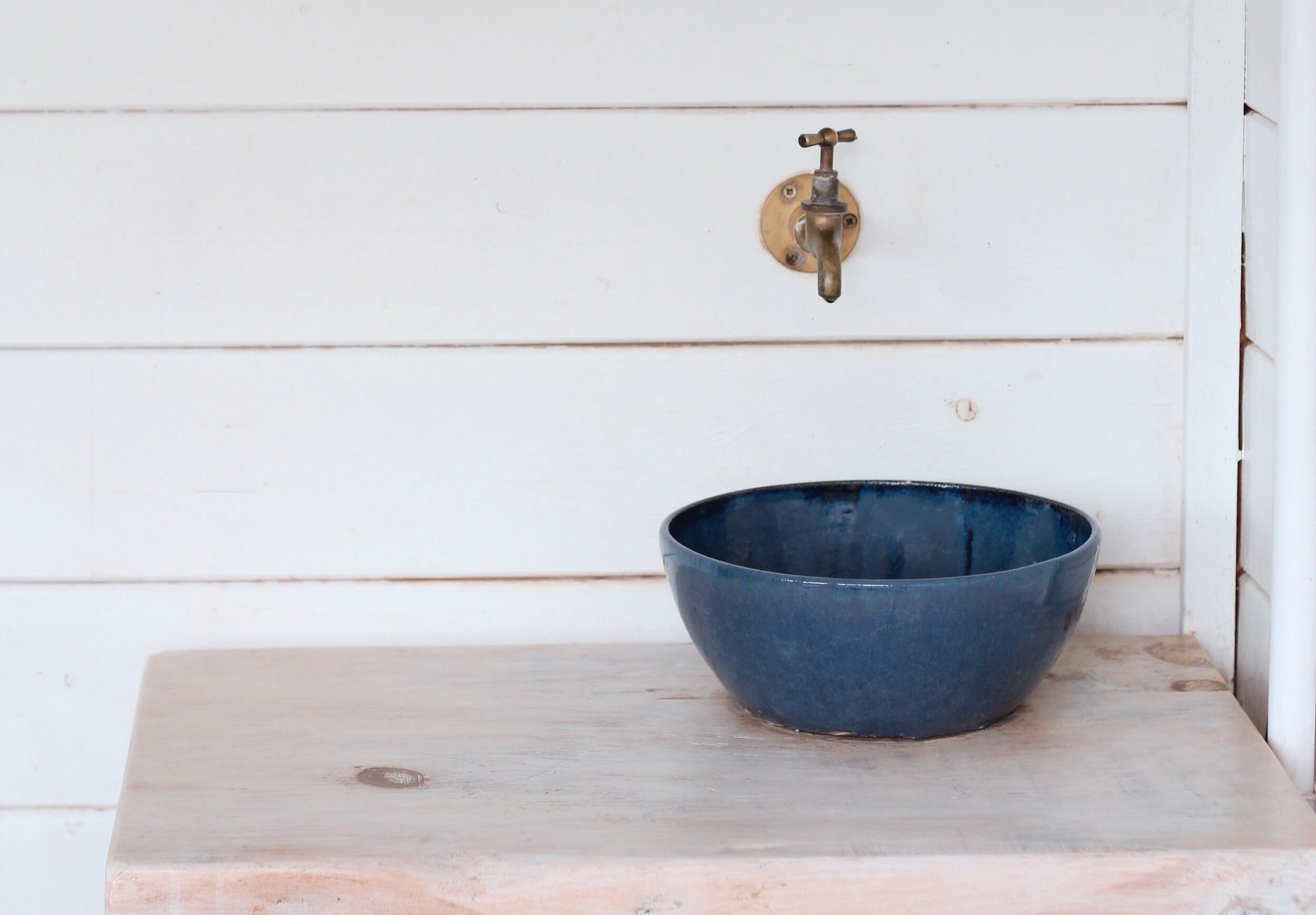


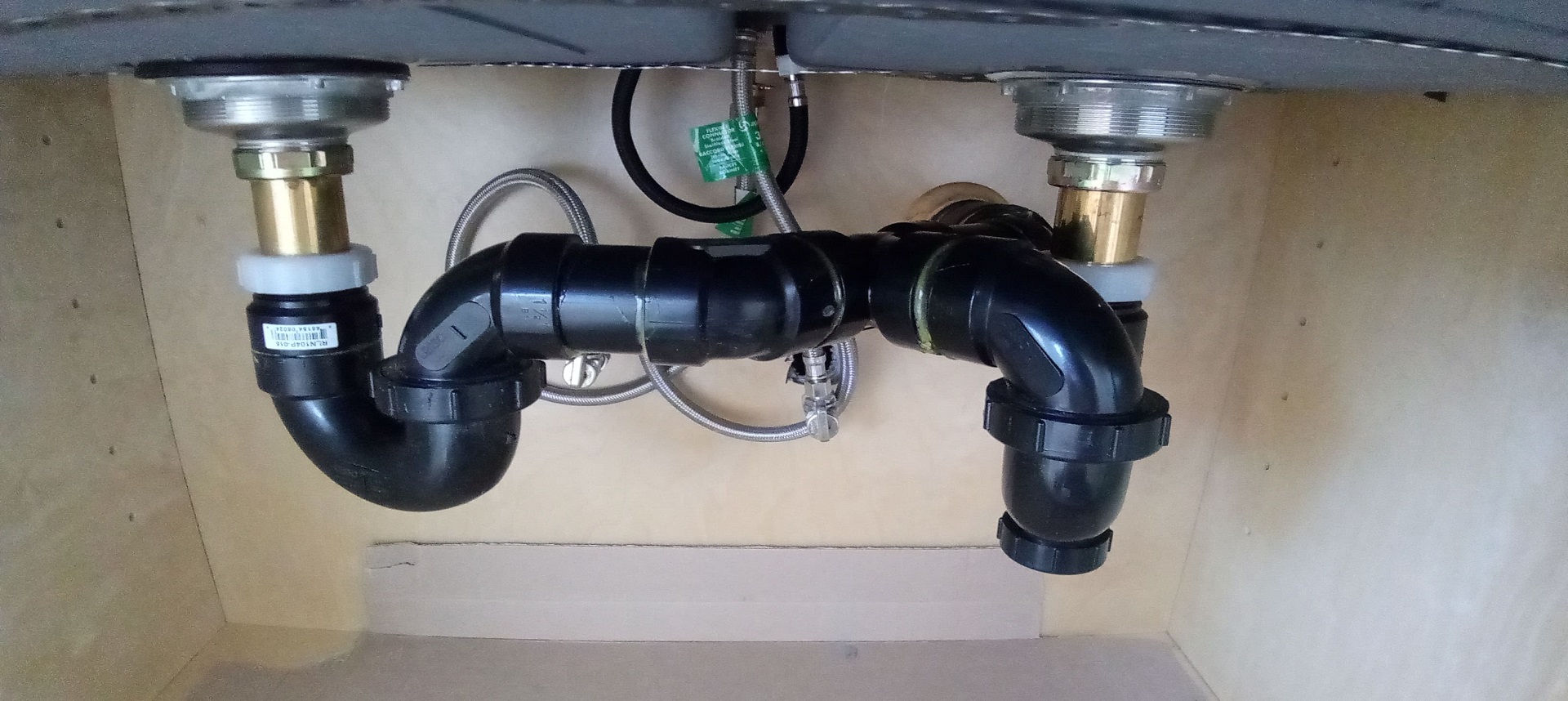
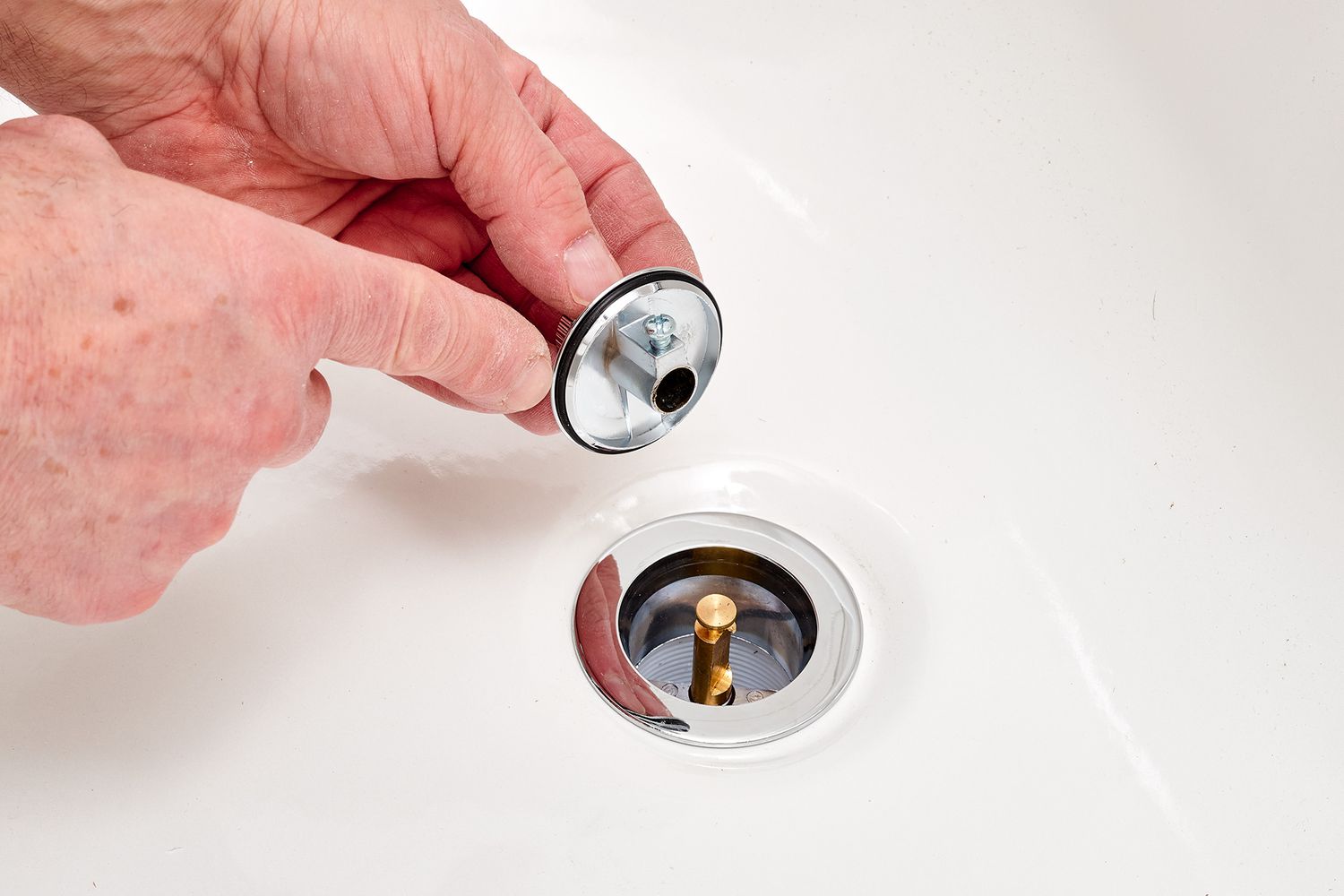

0 thoughts on “How To Choose A Kitchen Sink”